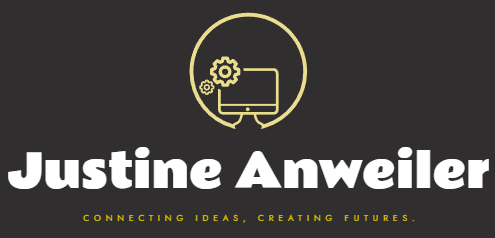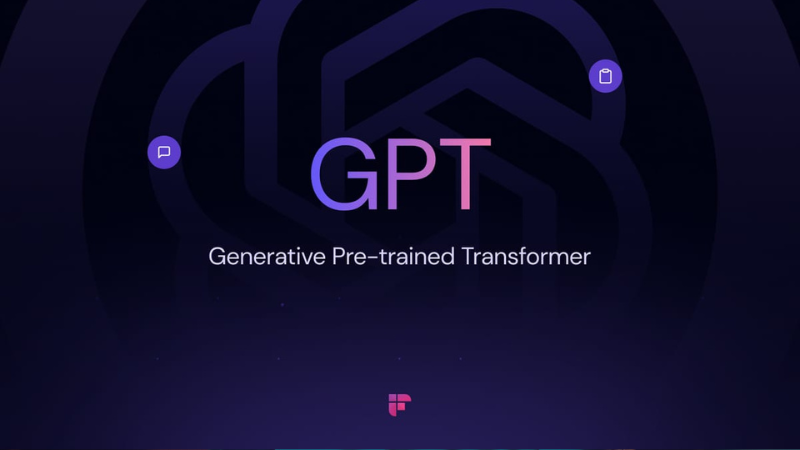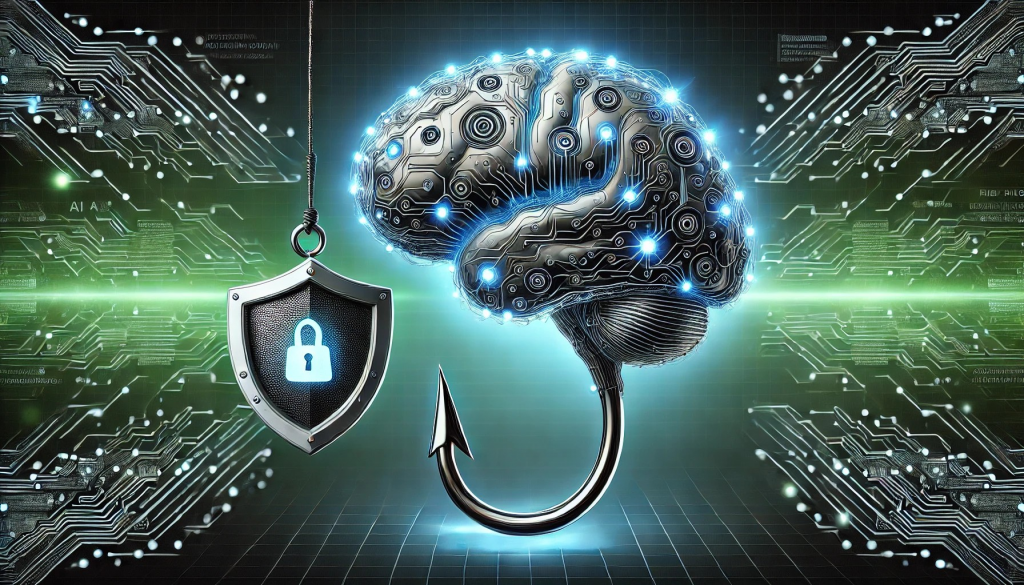justineanweiler.com – The world of artificial intelligence (AI) has witnessed tremendous advancements in recent years, particularly in the realm of Natural Language Processing (NLP). One of the most groundbreaking innovations in NLP is GPT, or Generative Pretrained Transformer, a model developed by OpenAI. GPT has revolutionized the way we interact with machines, enabling more natural and dynamic communication between humans and computers. But what exactly is GPT, and why has it garnered so much attention? In this article, we will explore the evolution of GPT, how it works, and its potential applications.
What is GPT?
GPT (Generative Pretrained Transformer) is a deep learning model designed for natural language understanding and generation. It belongs to a class of models called Transformers, which have become the backbone of modern NLP. What sets GPT apart is its ability to generate coherent and contextually relevant text based on a given prompt, which allows it to perform a wide variety of tasks, from writing essays to translating languages and even generating code.
GPT is pretrained on vast amounts of text data from books, websites, and other sources, making it “knowledgeable” about a wide range of topics. It is “generative” because it can create text, continuing a given sentence, generating new paragraphs, or even writing entire stories.
How Does GPT Work?
To understand GPT, we need to break down a few key concepts:
1. Transformer Architecture
GPT is built on the Transformer architecture, introduced by Vaswani et al. in the paper “Attention is All You Need” (2017). The Transformer model revolutionized NLP by using a mechanism called self-attention, which allows the model to weigh the importance of different words in a sentence relative to each other. Unlike earlier models, which processed data sequentially, Transformers can process entire sentences or documents in parallel, making them much faster and more efficient.
Self-attention enables GPT to understand context in a way that is far superior to previous models. For instance, when given the sentence “The cat sat on the mat,” GPT can recognize that “the cat” is the subject, and “sat on the mat” is the action. This understanding of context is key to generating text that is grammatically correct and contextually relevant.
2. Pretraining and Fine-Tuning
GPT follows a two-step process:
- Pretraining: In this phase, the model is trained on massive datasets containing diverse text sources. The goal is not to teach GPT specific tasks, but rather to help it learn the structure and nuances of language. During pretraining, the model learns to predict the next word in a sentence, based on the context provided by the preceding words. This gives GPT a broad understanding of language, grammar, facts, and reasoning patterns.
- Fine-Tuning: After pretraining, GPT can be fine-tuned on specific tasks (e.g., translation, question answering, summarization) using labeled datasets. Fine-tuning adjusts the model’s weights to optimize its performance for the target task.
3. Autoregressive Generation
GPT is an autoregressive model, meaning it generates text one word at a time, using previously generated words as context for generating the next word. For example, if you give GPT the prompt “Once upon a time,” it might predict the next word could be “there,” and then build on that prediction, generating the rest of the sentence or story.
This autoregressive approach allows GPT to generate coherent and context-aware text, even for complex and creative tasks like storytelling, technical writing, or coding.
The Evolution of GPT
GPT has undergone several iterations, each more powerful and capable than the last. Let’s look at the evolution:
1. GPT-1 (2018)
The first version, GPT-1, introduced the concept of a transformer-based model for language generation. It had 117 million parameters and was trained on a large corpus of books and text data. While GPT-1 was a promising start, it was still limited in its ability to handle complex language tasks.
2. GPT-2 (2019)
GPT-2 was a significant leap forward, with 1.5 billion parameters. Its larger size and more advanced training allowed it to generate remarkably coherent and contextually relevant text across a wide variety of domains. However, due to concerns over misuse (e.g., generating fake news or misleading information), OpenAI initially withheld the full GPT-2 model, releasing it gradually after further testing.
3. GPT-3 (2020)
GPT-3, with a staggering 175 billion parameters, marked a revolutionary breakthrough. It is capable of generating text that is indistinguishable from human-written content in many cases. Its performance on tasks such as translation, summarization, question answering, and even creative writing is exceptional. GPT-3’s large-scale pretraining allowed it to understand complex prompts, make inferences, and generate highly fluent text. GPT-3 is also capable of performing tasks with little to no fine-tuning, a concept known as few-shot learning, making it incredibly versatile.
4. GPT-4 (2023)
GPT-4, the latest version (as of 2024), is even more powerful and refined. While the exact number of parameters has not been publicly disclosed, GPT-4 is more capable of handling nuanced instructions, understanding complex context, and even generating multimodal outputs (i.e., combining text and images). GPT-4 represents a further refinement in language understanding and generation, pushing the boundaries of what AI can achieve.
Applications of GPT
GPT has a wide range of practical applications across various industries. Here are some of the key areas where GPT is making an impact:
1. Content Creation
GPT is widely used in content generation, helping writers, marketers, and content creators produce articles, blog posts, social media updates, and even creative writing. The model can quickly generate drafts, offer suggestions, or even write entire pieces of text.
2. Customer Support
Many companies use GPT-powered chatbots to provide customer service. These chatbots can handle common inquiries, troubleshoot issues, and even engage in complex conversations, improving customer satisfaction and reducing the need for human intervention.
3. Translation
GPT can be fine-tuned for machine translation, offering real-time translation services for a variety of languages. While not perfect, GPT-based models like Google Translate have significantly improved in terms of fluency and accuracy.
4. Education
GPT is used to create educational content, provide tutoring, or answer questions in real-time. It can help students with homework, explain concepts, and offer personalized learning experiences.
5. Code Generation
GPT models, especially those fine-tuned on programming languages, are capable of generating code snippets, assisting developers in writing programs, debugging, and learning new programming languages. Tools like GitHub Copilot, powered by GPT, assist in coding by suggesting code completions or writing functions based on brief descriptions.
Challenges and Ethical Considerations
Despite its incredible capabilities, GPT is not without its challenges and ethical concerns:
- Bias and Fairness: GPT can unintentionally produce biased or harmful text based on the data it was trained on. OpenAI has made efforts to mitigate these biases, but they remain a concern.
- Misinformation: GPT’s ability to generate convincing yet false information raises concerns about its potential use in spreading misinformation, fake news, or even propaganda.
- Dependence on Large Datasets: GPT’s reliance on vast datasets means it can sometimes generate text that reflects societal biases or outdated information.
- Job Displacement: As GPT and similar models become more advanced, there are concerns that jobs in content creation, customer service, and even software development could be affected by automation.
The Future of GPT
The future of GPT and similar AI models is incredibly exciting. As models continue to improve, they will become even more adept at understanding human language and generating text that is indistinguishable from what a human might write. We can expect to see broader adoption in industries like healthcare, entertainment, law, and beyond.
However, it is important to balance innovation with ethical responsibility. As GPT continues to evolve, ensuring that these technologies are used for good and mitigating their potential risks will be crucial.
Conclusion
GPT represents one of the most significant advancements in the field of artificial intelligence. With its ability to generate human-like text and perform a wide array of language-based tasks, it is transforming industries and reshaping how we interact with technology. As we continue to push the boundaries of AI, GPT serves as a testament to the power of deep learning and the potential of machines to augment human capabilities.





